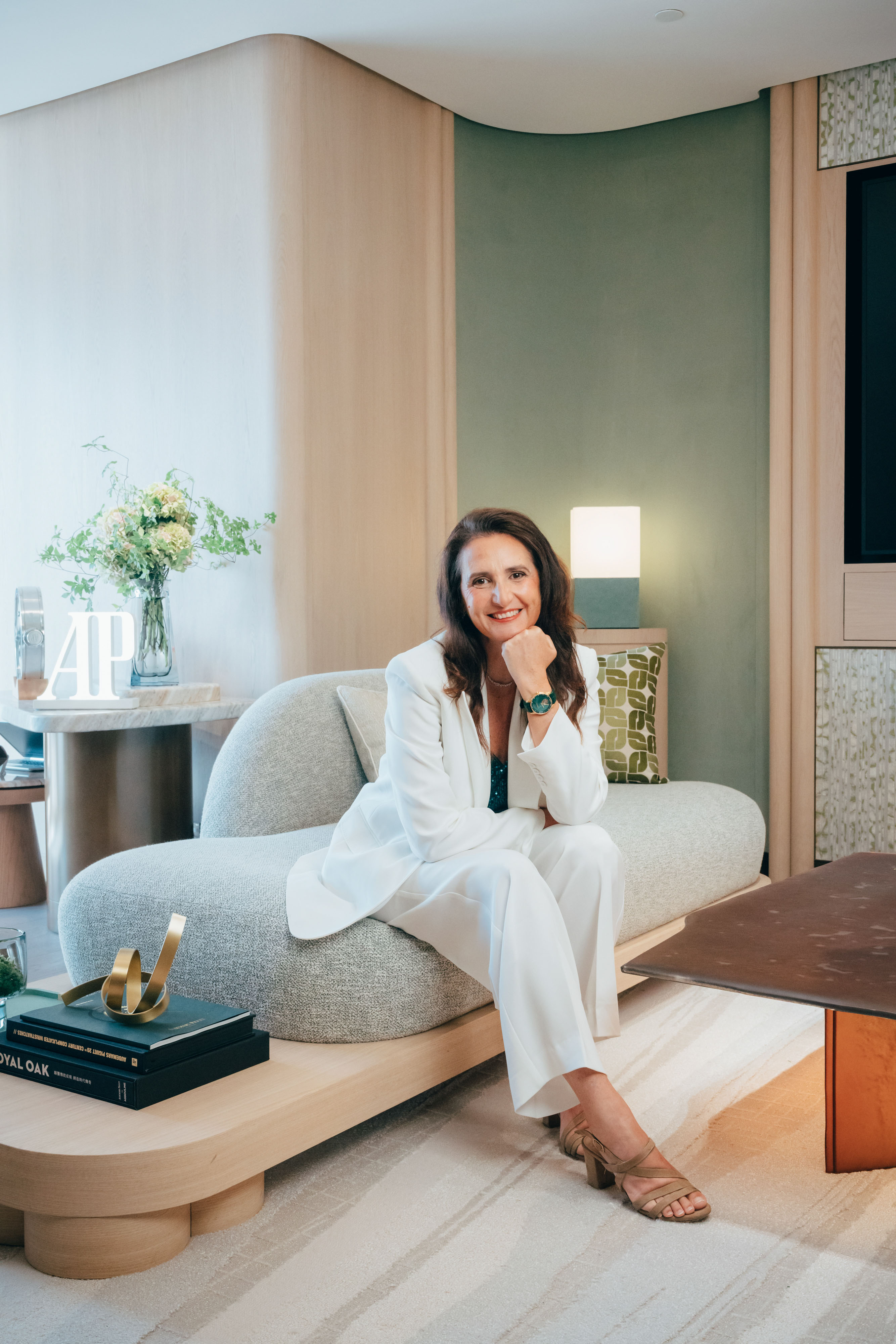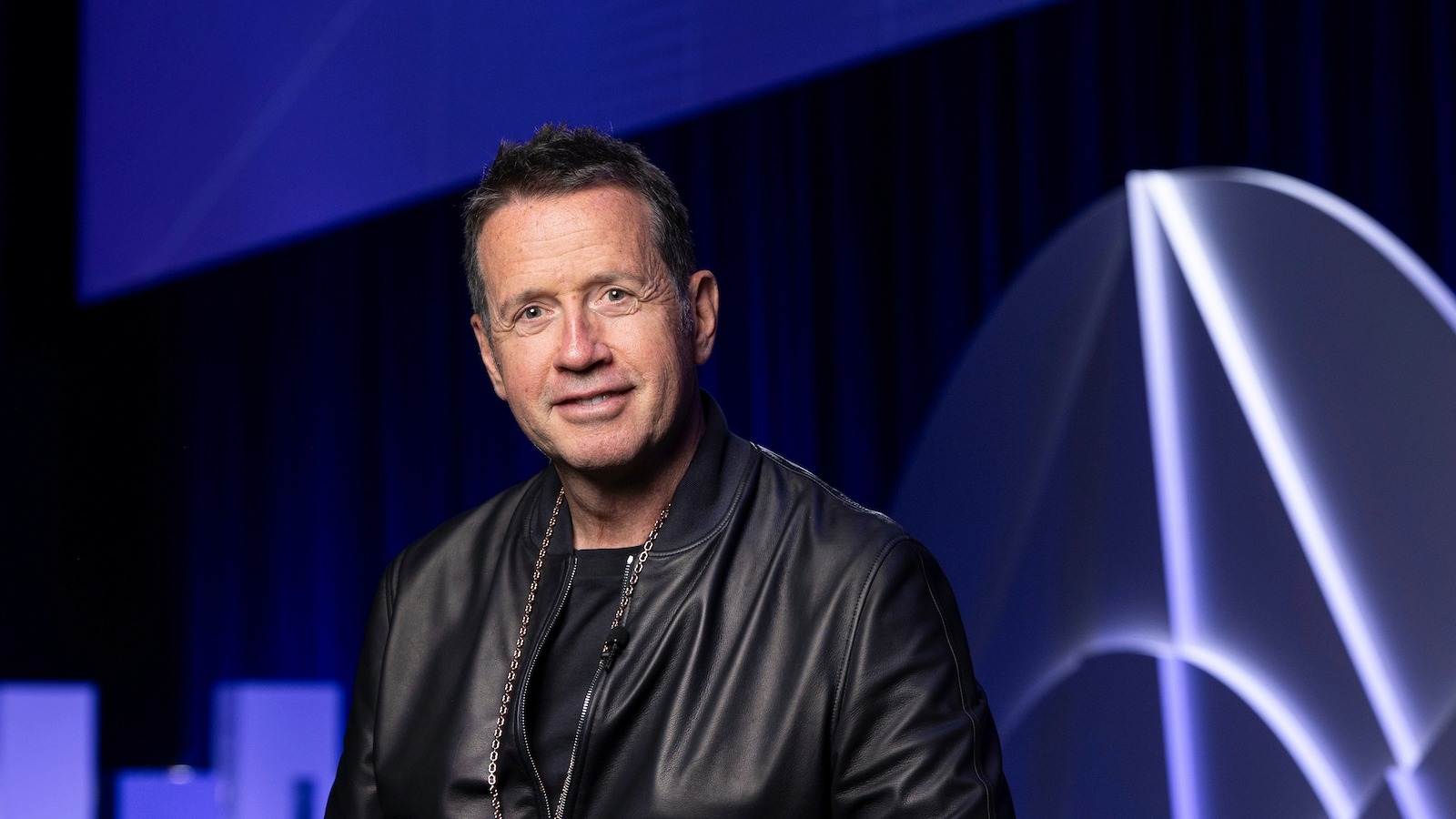Dr Ulrich Bez, CEO of Aston Martin, feels that the word luxury is used too freely these days but through sacrifice of the ordinary, his beloved brand has become the epitome of it

Dr Ulrich Bez, CEO of Aston Martin, feels that the word luxury is used too freely these days but through sacrifice of the ordinary, his beloved brand has become the epitome of it
Dr Ulrich Bez, CEO of Aston Martin, feels that the word luxury is used too freely these days but through sacrifice of the ordinary, his beloved brand has become the epitome.
A reference to Aston Martin feels somewhat incomplete without at least one mention of James Bond. As early as 1959, author Ian Fleming prescribed his dashing 007 with a DB Mark III, for his adventures in Goldfinger. Flash forward half-a-century and not only is the DB series still Bond’s car of choice, but Aston Martin have introduced over twenty new models in just a decade, dealerships have expanded to reach forty-two countries and the Aston brand has re-invigorated its reputation in competitive motorsport.
The architect of the company’s modern era, Dr Ulrich Bez, has been widely credited with transforming the brand from a low volume, small-scale, and somewhat neglected subsidiary of Ford, to the profitable, world-renowned, independent manufacturer of high performance cars that it is today. The Doctorate of Engineering graduate joined as CEO in 2000, after time as a business adviser to Ford Motor Company and twenty years in product design and development roles at Porsche, BMW and Daewoo.
Ford then decided to sell part of Aston Martin in 2006, the majority share of which was eventually snapped up by a consortium, led by David Richards, for £475 million. Under D. Bez’s leadership, Aston Martin has since opened doors on new global headquarters and manufacturing facilities in Warwickshire, England, as well as launching the brand’s first dedicated Design Studio and trackside test centre located at the Nürburgring.
“ Aston Martin has to stay nimble, move fast and continue to be creative ”
In your time at Aston Martin, what has been your favourite memory?
We have restored the Aston Martin brand to where many passionate people always thought it should be. We have evolved from a low volume, small-scale operation to a profitable independent luxury sports car manufacturer with worldwide acclaim.
Which market are you currently experiencing the strongest growth?
Of course China is an opportunity for us – we have worked hard to establish ourselves in the region and I would hope for 1000 sales per year from a dealer network of 10-15 dealers by 2012.
We have also entered other new markets all around the world, for example Brazil, Chile, Greece, India and Taiwan, which broadens our global appeal. But we have also seen growth in established markets like Germany where we are up 25% in the first six months of the year.
What is the next major launch you can tell us more about?
We have just launched the new Virage, Vantage S and the Cygnet city car and have shown the V12 Zagato for the first time at the Frankfurt IAA this month. The V12 Zagato will be based on the concept cars shown at the Concourse d’Elegance – Villa D’Este where the car claimed top honours. The Zagato is an exciting project, which combines two iconic brands.

The Aston Martin Cygnet: “Small can be luxury too”
What is the biggest challenge Aston Martin will face in the coming years…
To create a solid foundation for the years to come. As with any independent company Aston Martin has to stay nimble, move fast and continue to be creative. Our chassis platform, know to us as ‘VH architecture’ forms the basis of our evolution and design ethos and gives us the freedom to constantly challenge our products.
What one word best describes your strategy?
Be flexible, nimble and ready to adapt to change.
As a company we don’t expect or assume anything, we work hard to develop a range of luxury sports cars that inspire and evoke passion in people.
What is the next opportunity you would like your company to seize?
Aston Martin is well known for beautiful, powerful, luxurious sports cars and in May this year we launched a car that was quite different to anything we have produced before, the Cygnet, a city car with a difference. With the Cygnet I think we are ahead of the market and I would hope we can achieve a change in mind-set that small always equals cheap. Small can be luxury too.
If you could change any aspect of the luxury industry what would it be?
I think the word luxury is used too freely these days, everyone wants to have a luxury product but not everyone can profess they have an exclusive luxury product. Being ‘exclusive’ in volume does not equal luxury. So for instance something that is exclusive in volume like haggis would not necessarily be luxury!
For me luxury is in the detail, it’s in the passion and is something that has been developed throughout history and proceeds in the future, it is the search for the ultimate and the sacrifice of the ordinary, for me Aston Martin is the epitome of Luxury.
For more in the series of conversations with Luxury Leaders please see our most recent as follows:
– Robert Gaymer-Jones, CEO, Sofitel
– John Hunt, CEO, Wally Yachts
– Bernd Beetz, CEO, Coty
– Margareth Henriquez, CEO, Krug










